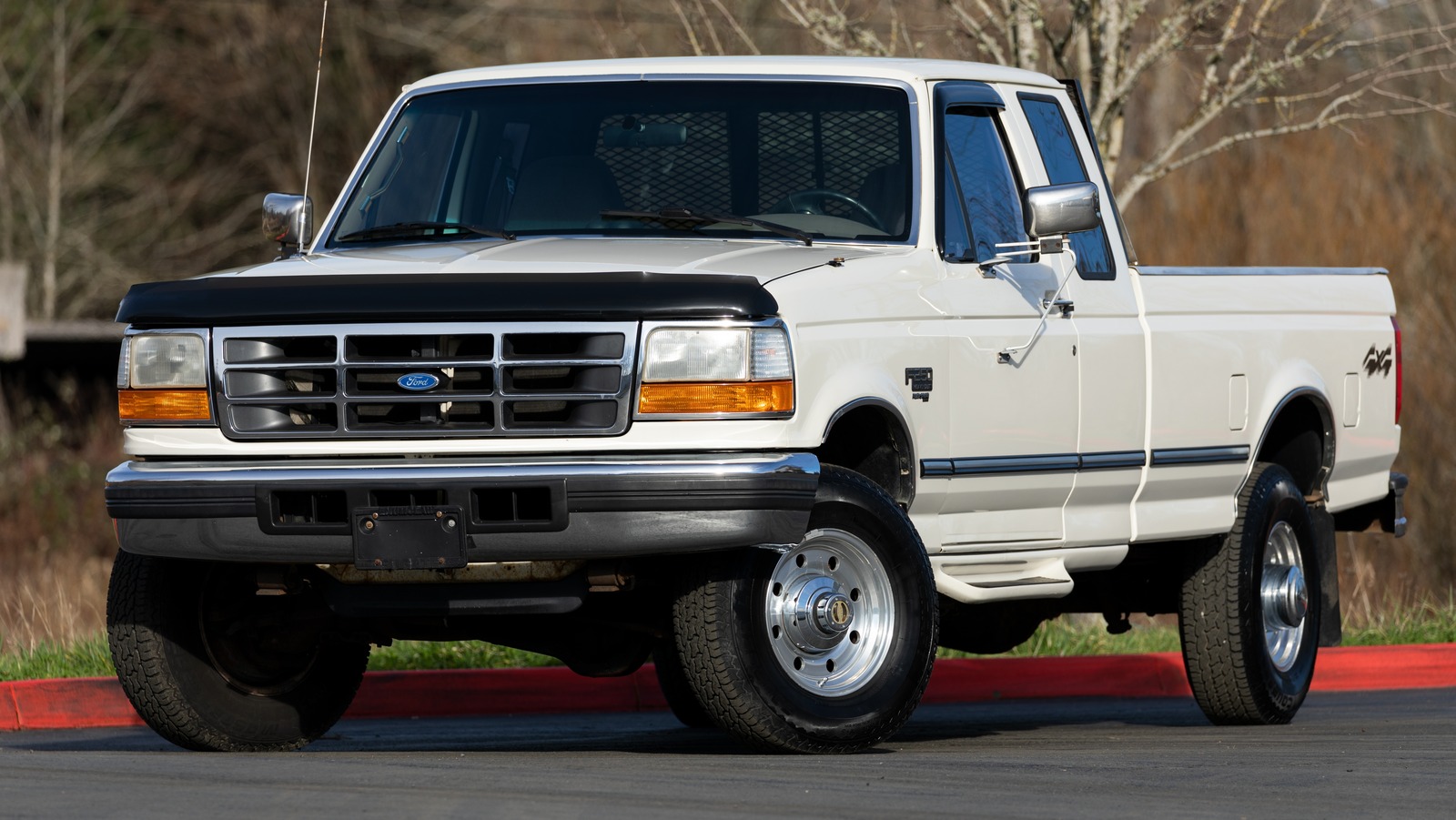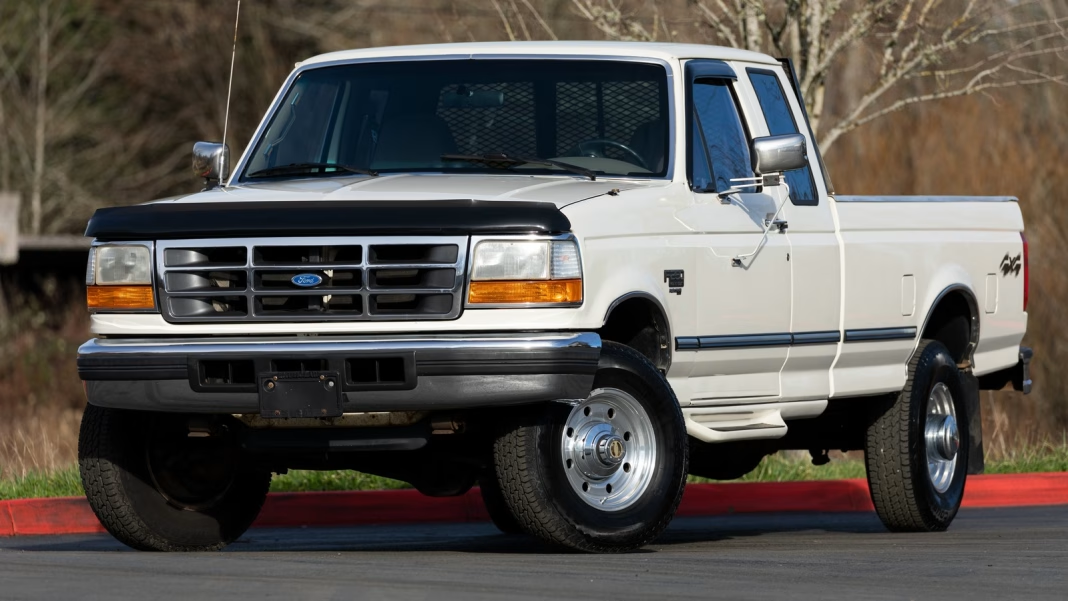What Are the Most Common Issues 7.3 Power Stroke Owners Face?
If you’re eyeing a 7.3-liter Power Stroke truck, you’ve probably heard the legends—these engines are known for their reliability and brute strength. But even the most die-hard fans will admit: no engine is perfect. Owners have been pretty vocal about a handful of recurring issues. Let’s break down what you’re likely to encounter, so you can make an informed decision before you buy.
Why Does My 7.3 Power Stroke Have Hard Starting or No Start Problems?
One of the top complaints from owners is hard starting, especially in cold weather. The culprit? Nine times out of ten, it’s the glow plug system. If the glow plugs or the relay go bad, the engine struggles to fire up. Another common cause is a failing camshaft position sensor (CPS). When this sensor acts up, you might find yourself cranking the engine endlessly with no luck.
Anecdotally, some owners have swapped out the CPS as a preventative measure, since it’s a cheap part and a known weak spot. According to a 2023 survey by Power Stroke forums, over 40% of respondents experienced at least one CPS failure during ownership. That’s not insignificant.
What’s Up with Oil Leaks and Where Do They Happen Most?
Oil leaks are another pain point. The 7.3 Power Stroke is notorious for developing leaks at the high-pressure oil pump (HPOP), valve cover gaskets, and the turbo pedestal o-rings. While these leaks rarely spell disaster, they can make a mess and, if ignored, lead to more expensive repairs down the line.
A seasoned diesel mechanic once told me, “If you own a 7.3 and it’s not leaking oil somewhere, check if there’s any oil left in it.” It’s a bit of an exaggeration, but you get the point.
How Reliable Is the Turbocharger on the 7.3 Power Stroke?
The turbo on the 7.3 is generally robust, but it isn’t immune to issues. Some owners report a loss of power or excessive smoke, which often traces back to worn turbo seals or a sticky wastegate. If you’re hearing odd whistling or grinding noises, it’s time for a closer look.
The good news? The turbo is relatively easy to rebuild compared to newer, more complex units. Many DIYers tackle this job themselves, saving a bundle on labor.
Are There Any Electrical Gremlins to Watch For?
Electrical issues can be a headache, especially in older trucks. The underhood wiring harnesses are known to degrade over time, leading to intermittent electrical problems. Owners also report issues with the under-dash fuse box and relays, particularly in trucks that have seen a lot of moisture or have been used for plowing.
A 2022 reliability study by Consumer Reports found that electrical faults accounted for nearly 18% of all reported problems in 7.3 Power Stroke trucks over 15 years old. Not catastrophic, but definitely something to keep in mind.
How Do Owners Deal with Injector and Fuel System Problems?
Injectors on the 7.3 are generally long-lived, but they’re not immune to wear. Symptoms of failing injectors include rough idle, misfires, and poor fuel economy. Water in the fuel is a common cause, so many owners install aftermarket water separators or regularly drain the factory one.
Fuel filter changes are a must—skipping them can lead to expensive injector repairs. One owner shared that after switching to a higher-quality fuel filter and religiously changing it every 10,000 miles, injector issues all but disappeared.
Is the Transmission a Weak Link in These Trucks?
If you’re looking at an automatic, pay close attention to the transmission’s service history. The 4R100 automatic transmission, paired with many 7.3s, is known to develop problems if not maintained. Overheating is the enemy here, so adding an auxiliary transmission cooler is a popular upgrade.
Manual transmissions are generally more robust, but clutch wear is something to watch for, especially if the truck has been used for heavy towing.
What Maintenance Tips Can Help Prevent These Common Problems?
Regular maintenance is the name of the game. Stick to oil changes every 5,000 miles, use high-quality filters, and don’t ignore small leaks. Addressing minor issues early can save you thousands down the road.
Many experienced owners recommend carrying a spare camshaft position sensor and the tools to change it—just in case you get stranded. It’s a cheap insurance policy.
Should You Still Buy a 7.3 Power Stroke Truck?
Despite these common issues, the 7.3 Power Stroke has earned its reputation for toughness and longevity. Most of the problems are well-documented and have straightforward fixes. Parts are widely available, and there’s a massive online community ready to help.
The big takeaway? Owning a 7.3 Power Stroke isn’t about perfection—it’s about smarter adjustments. Start with one change this week, and you’ll likely spot the difference by month’s end.


